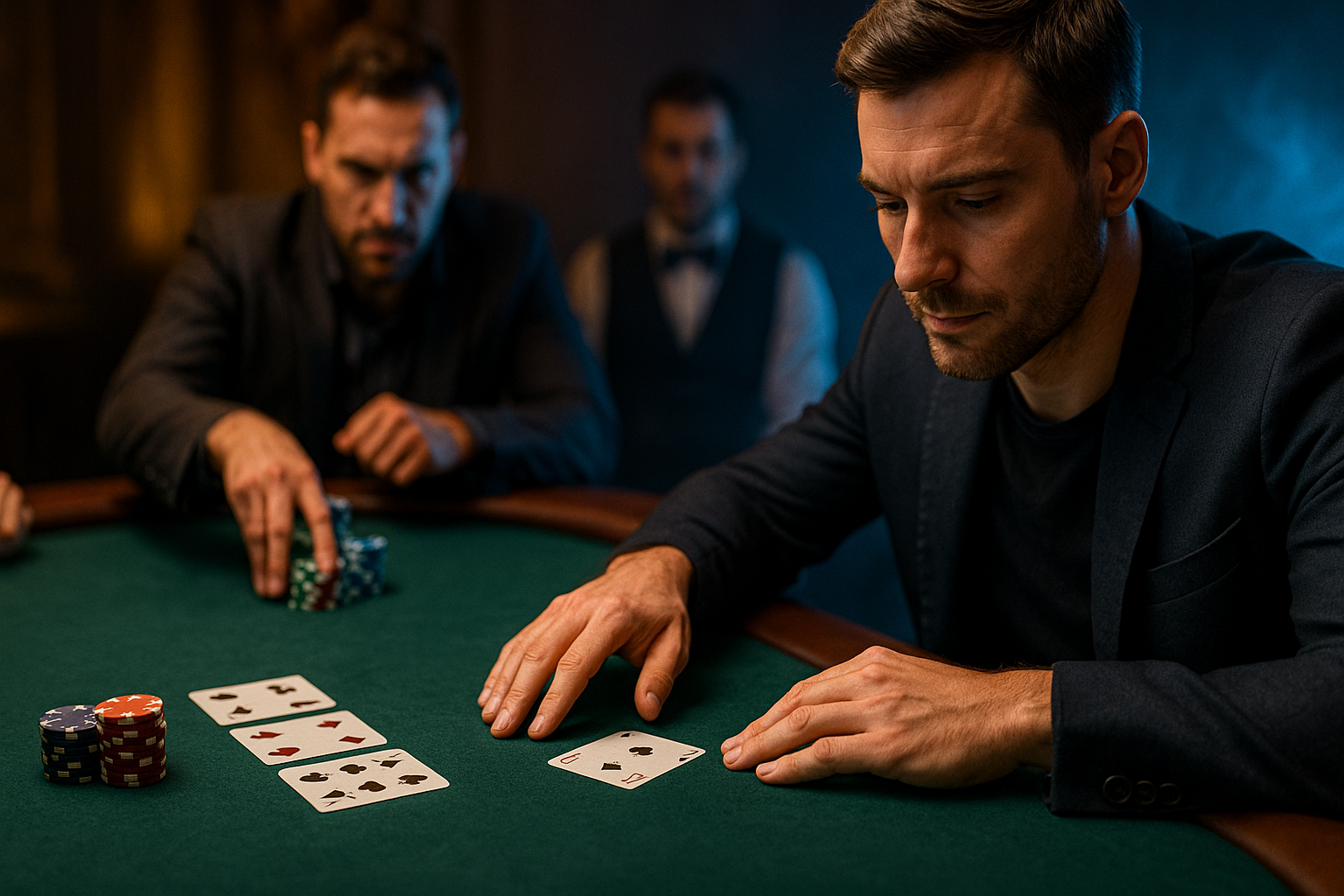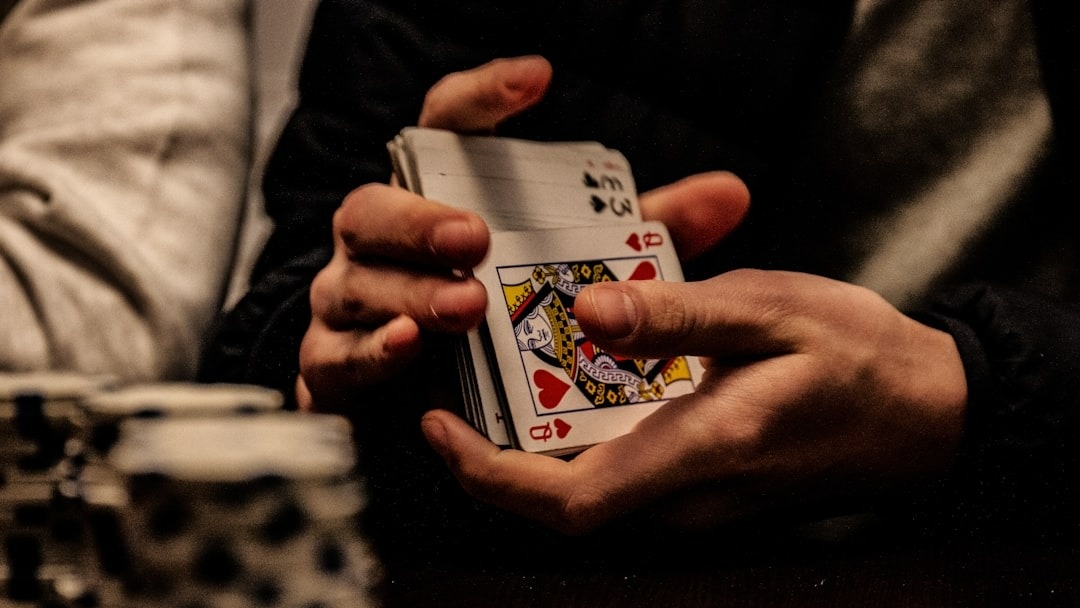Photo byMarin Tulard, Unsplash
Platform-Specific Strategy: Why The "Where" Matters
An optimal decision between these three plays often takes the platform you are playing on into consideration. With live poker (or in-person poker), the game is often softer, slower, and you get access to the physical tells of your opponent. As such, going with trap would be a better choice as your opponents are going to be less GTO-aware, and the slow pace can work to your advantage. Live players are going to be more prone to bluffing or chasing perceived weakness, and this is where you'll check a monster and get the max value.
In comparison, even if you are playing at the best poker site, the game will be lacking in physical information (such as opponent tells). Additionally, gameplay is rapid, intense, and very mathematical. With these platforms, you are also privy to free rolls, low buy-ins to high stakes cash games, and huge welcome bonuses (e.g., 150% + a 33% rakeback). As such, bet should be your post-flop choice because you're heavily reliant on platform offerings, range advantage, and GTO principles. In turn, this leads to higher C-bet frequencies, meaning you can place pressure on other players, control the pot, and create the illusion of a strong hand (even if you don't have one).
The Aggressor: When to Bet
Beyond the platform you're gambling on, you also need your choice to align with your playing style. Betting is perfect for aggressive strategies or players, as the end goal is usually to achieve fold equity or value. If you decide you are betting for value, then you need to ensure your hand is ahead of your opponent's calling range. Think of each hand as a race where you want to keep running if your opponent is within your line of sight, whether you're ahead or right next to them.
This is why it is important to calculate your betting size based on maximizing calls from worse hands so you can protect your equity. Additionally, knowing the appropriate time to fire a C-bet (continuation bet) is crucial, even if you miss. You can better protect your betting range by using one-third or one-quarter of the pot to pressure weaker hands into folding.

The Defender: When to Check
Think of a check as calculated passivity, as you will generally use it with a medium strength hand (like a weak top pair or middle pair). Simply put: it's how you will achieve pot control. One reason for checking is to protect yourself against aggressive players. The goal of an aggressor will be to get you to fold, and this can lead to you getting check-raised off your hand. It's a common bluffing tactic designed with the intent to place pressure on you so you can give your opponent the desired reaction.
A second reason to check is when you cannot handle all the betting action, but you think you have a winning hand. Although more aggressive players might see this as cheap or weak, there is a huge difference when it is used strategically. Weak players often use it to randomly give up, but a strong player uses checking as part of a balanced range that also contains strong hands.
The Apex Predator: When to Trap
The trap is, in essence, a monster hand. In using this play, it will maximize your loot, but also act as a means of inducing aggression from your opponent (think of it as ragebaiting). The hand will usually have a set or a flopped nut straight/flush, and you will need to meet two specific conditions to lay a good trap. One, your opponent needs to have enough weak hands and bluffs in their range.
Two, the board needs to be safe enough that a random card draw won't cause your hand significant damage. However, there is still a chance that you could end up over-trapping, which is why strictly adhering to this criterion is so important. Only trap if you have an aggressive opponent or if checking can create a bigger pot, but besides this, play it safe and bet with your strongest hands.




